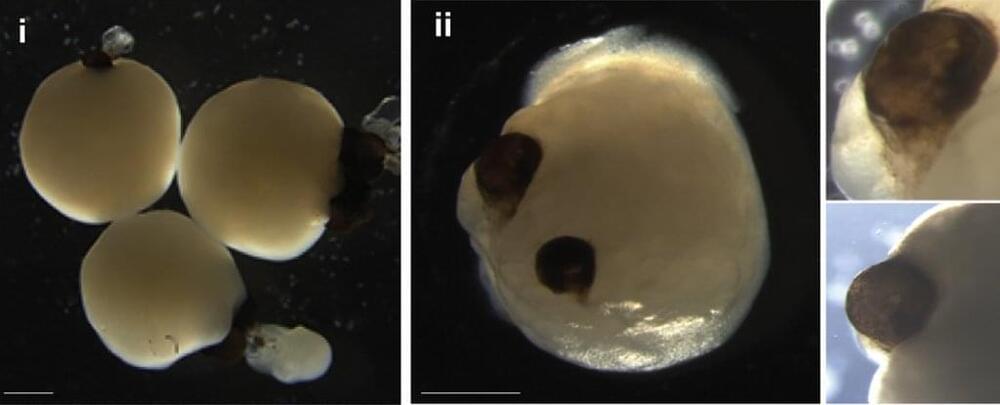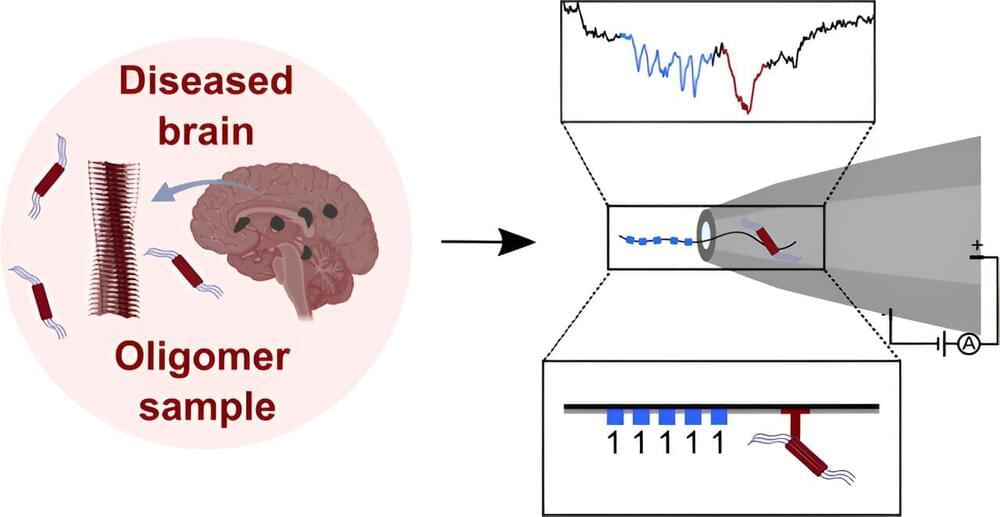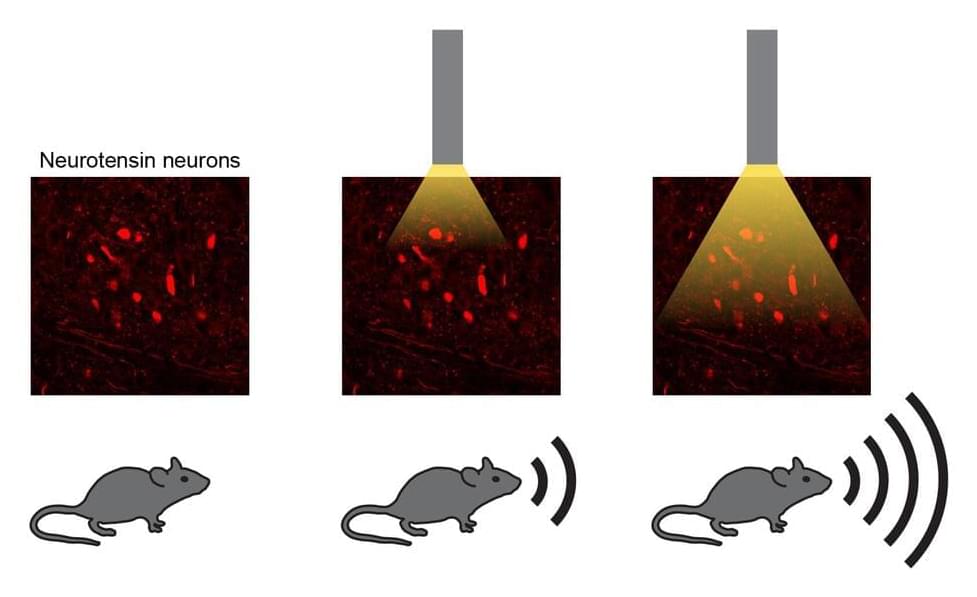Dec 12, 2023
Scientists Grew ‘Mini Brains’ From Stem Cells. Then, The Brains Sort-of Developed Eyes
Posted by Paul Battista in categories: biotech/medical, neuroscience
Mini brains grown in a lab from stem cells spontaneously developed rudimentary eye structures, scientists reported in a fascinating paper in 2021.
On tiny, human-derived brain organoids grown in dishes, two bilaterally symmetrical optic cups were seen to grow, mirroring the development of eye structures in human embryos.
This incredible result will help us to better understand the process of eye differentiation and development, as well as eye diseases.

















